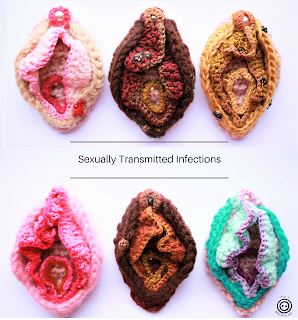Antibiotic resistance is when bacteria are no longer responsive to antibiotics that are meant to kill them. When a bacteria is exposed to treatment too often (over-reliance on antibiotic treatment as illness management) or at infrequent low doses (when treatment is not fully completed/adhered to), like other living organisms its DNA changes to be able to survive.
Why does it matter?
Globally, there have been reports of gonorrhea (N. gonorrhoeae - bacteria name) strains that are resistant to first-line antibiotic therapy (like penicillin, tetracycline, erythromycin and ciprofloxacin - types of antibiotics). When bacterial infections, like gonorrhea, are no longer responsive to the medical treatments available it remains untreated in the body and can lead to health complications like: infertility, chronic pelvic pain, bacteria spreading to the blood causing nervous system damage, parent to child transmission, or ectopic pregnancies. Also, the presence on an STI in the body increases the likelihood getting another STI like chlamydia, or HIV (the virus that can lead to AIDS).
In Kanata (Canada), gonorrhea is the second most commonly diagnosed and reported bacterial STI. Much like the incidences of STIs, antibiotic resistance will vary from country to country, even regionally. The distribution of antibiotic resistance can be thought of in the same way as other STIs, the social determinants of health and health inequities are really important when thinking about why there are higher rates of certain antibiotic resistance both geographically and socially.
Sources Cited:
1. Centre of Disease Control and Prevention. 2017. Drug-Resistant Gonorrhea. Retrieved from: https://www.cdc.gov/drugresistance/solutions-initiative/drug-resistant-gonorrhea.html
2. Public Health Agency of Canada. 2013. Canadian Guidelines on Sexually Transmitted Infections. Retrieved from: http://www.phac-aspc.gc.ca/std-mts/sti-its/cgsti-ldcits/section-5-6-eng.php#toc361210445
3. Public Health Agency of Canada. 2015. Canada Communicable Disease Report. Retrieved from: http://www.phac-aspc.gc.ca/std-mts/sti-its/cgsti-ldcits/section-5-6-eng.php#toc361210445
4. Tapsall J. Antibiotic resistance in Neisseria gonorrhoeae is diminishing available treatment options for gonorrhoea: Some possible remedies. Expert Rev Anti Infect Ther. 2006; 4:619-628



